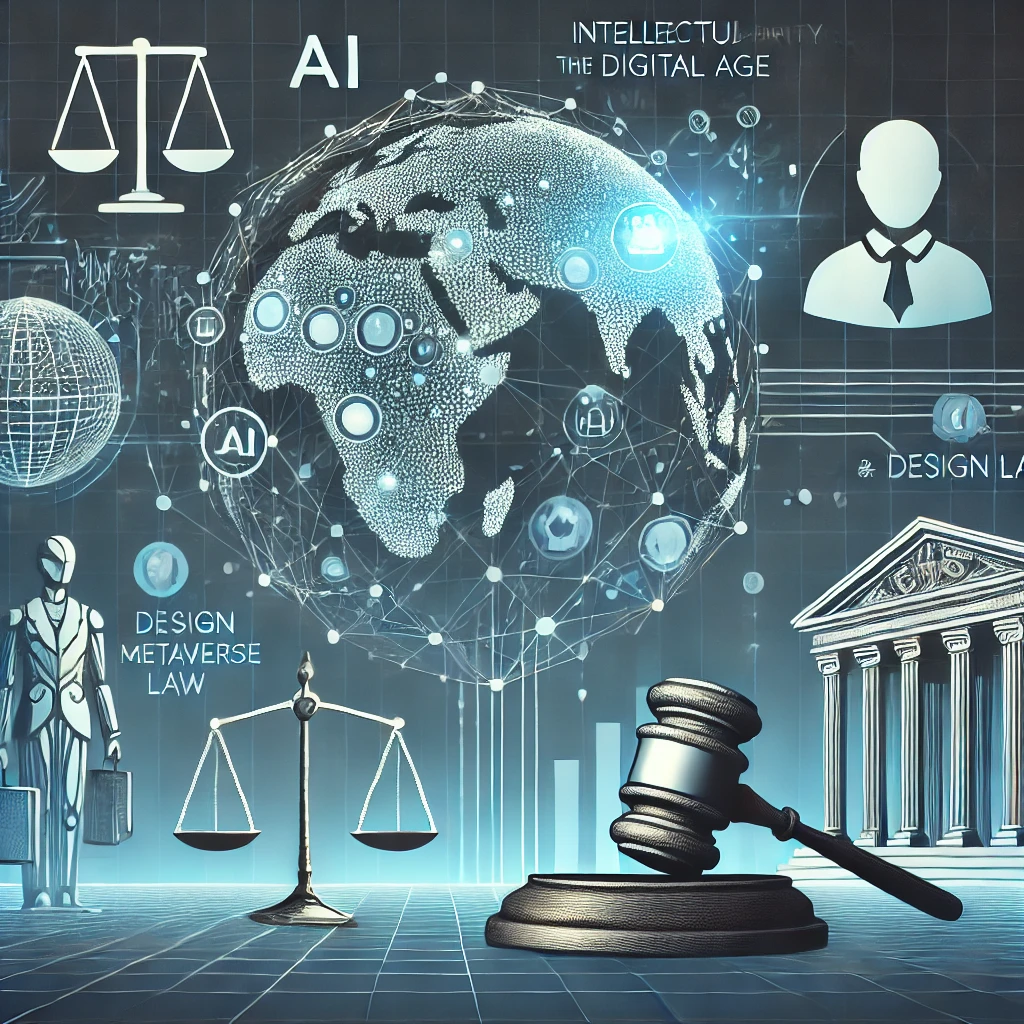Introduction: An Era Where AI and the Metaverse Are Redefining Intellectual Property
Today, the rapid evolution of digital technology has brought new intellectual property issues to the forefront, such as those stemming from generative AI and rights infringements in virtual spaces like the metaverse. The Japan Patent Office’s decision to move forward with amendments to design law marks an important step for the future of intellectual property protection. This article explores the background, significance, and future challenges related to the design law amendment.
Issues of AI-Generated Designs and New Challenges in Design Rights
With advancements in AI generation technology, there has been an increase in cases where third parties predict and publicly release designs using AI before companies can unveil their own. In industries like manufacturing and architecture, where product design is integral to competitiveness, preserving uniqueness is crucial. To maintain novelty, it will be necessary to prevent unauthorized AI generation and to reconsider the scope of design rights.
Challenges of Design Protection in the Metaverse
As the metaverse becomes more widespread, imitations of brands and designs are proliferating within these virtual spaces, creating the need to protect intellectual property much like in the physical world. The current design law does not extend to virtual spaces, leading to situations where digital items modeled after real products are bought and sold. Protecting design rights in virtual spaces is essential to address this new form of IP infringement.
Expectations and Future Challenges Leading to the 2026 Amendment
Following discussions in expert panels, the Japan Patent Office plans to amend the design law by 2026. If this amendment is realized, companies will be better able to protect the uniqueness of their products, and design rights will be safeguarded within virtual spaces as well. However, with the fast-paced advancement of AI and growth of the metaverse, there is a significant challenge in ensuring that legal responses keep up. Establishing guidelines that users and creators can voluntarily follow is also essential.
Conclusion: Advancing the Protection of Digital Intellectual Property
The movement toward amending design law represents an important step for protecting intellectual property in the digital age. By strengthening measures against AI-generated designs and imitation in virtual spaces, we can safeguard corporate innovation and foster a society with enhanced protection for intellectual property rights.

